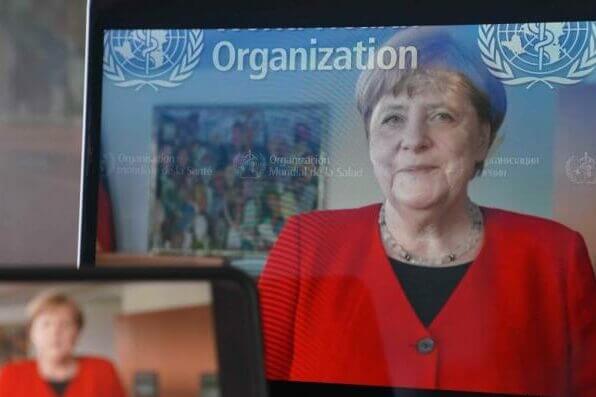Although Germany has implemented strict “hard lockdown orders” for weeks, the epidemic has never improved significantly.
To this end, German Chancellor Merkel and the governors of the federal states held another videoconference on the 5th local time to consult on the current epidemic and the next epidemic prevention policies. Participants finally agreed to tighten the current “hard blockade order” and extend it to the end of January.
According to Merkel’s post-meannment press conference, the “hard blockade order” applicable nationwide from mid-December will be extended from the original validity to January 10 to January 31.
The dust has settled on whether the most controversial primary and secondary schools and kindergartens should reopen: in principle, it will remain closed and suspend classroom teaching, and the back-to-school plan will not be gradually promoted until February at the earliest. Merkel admitted that this is a huge challenge for all parents and children, “but in order to achieve the epidemic prevention goal, we must do so.”
The goal of the federal and state governments remains to keep the number of new infections per 100,000 residents below the alert value of 50 in seven days.
However, the latest data released by the Robert Koch Institute, Germany’s federal disease control agency, on the 5th shows that the country’s current seven-day infection rate is 134.7, which is far above the alert value.
However, in an effort to ease the burden on working parents during the lockdown, the meeting on that day decided that each parent would receive an additional 10 days of parental sick leave this year and 20 days for single parents.
In addition to the catering industry, cultural and leisure institutions and various non-essential businesses, the latest epidemic prevention policy also includes stricter access restrictions in areas with more than 200 new cases per 100,000 residents within seven days, that is, if there is no justification, the scope of activities of the people should not exceed the shelter week.
A side radius of 15 kilometers is not allowed for day trips. At present, there are about 70 cities and counties across Germany with a seven-day infection rate of more than 200.
At the same time, social contact restrictions have been tightened further, from the original allowing five adults from up to two families to meeting only meet with up to one non-living person in private.
In addition, the government also plans to strengthen virus testing in pension and nursing institutions, including sending more volunteers to support quarantine work.
In terms of financial relief, the federal and state governments will speed up the approval process and ensure that the application of corporate subsidies are issued in a timely manner whenever possible.
From January 11, all people entering Germany from areas at high risk of the epidemic must be tested for COVID-19 within 48 hours before entry or immediately after landing. If the test result is negative, the 10-day isolation obligation can be shortened to 5 days.
At present, Germany has listed about 150 countries around the world as high-risk areas for the epidemic and issued a travel ban accordingly.
The federal and state governments will meet again on January 25 to discuss Germany’s epidemic prevention measures after February.



